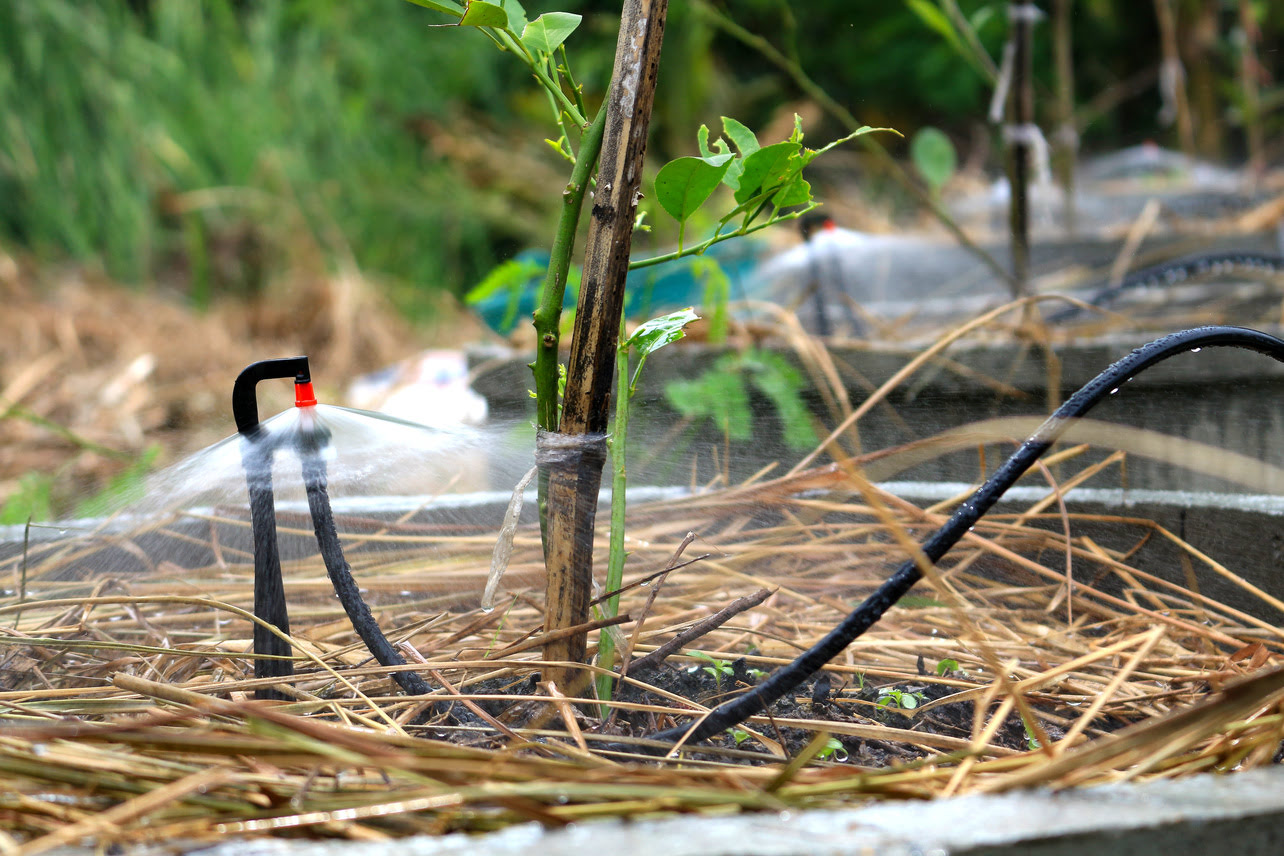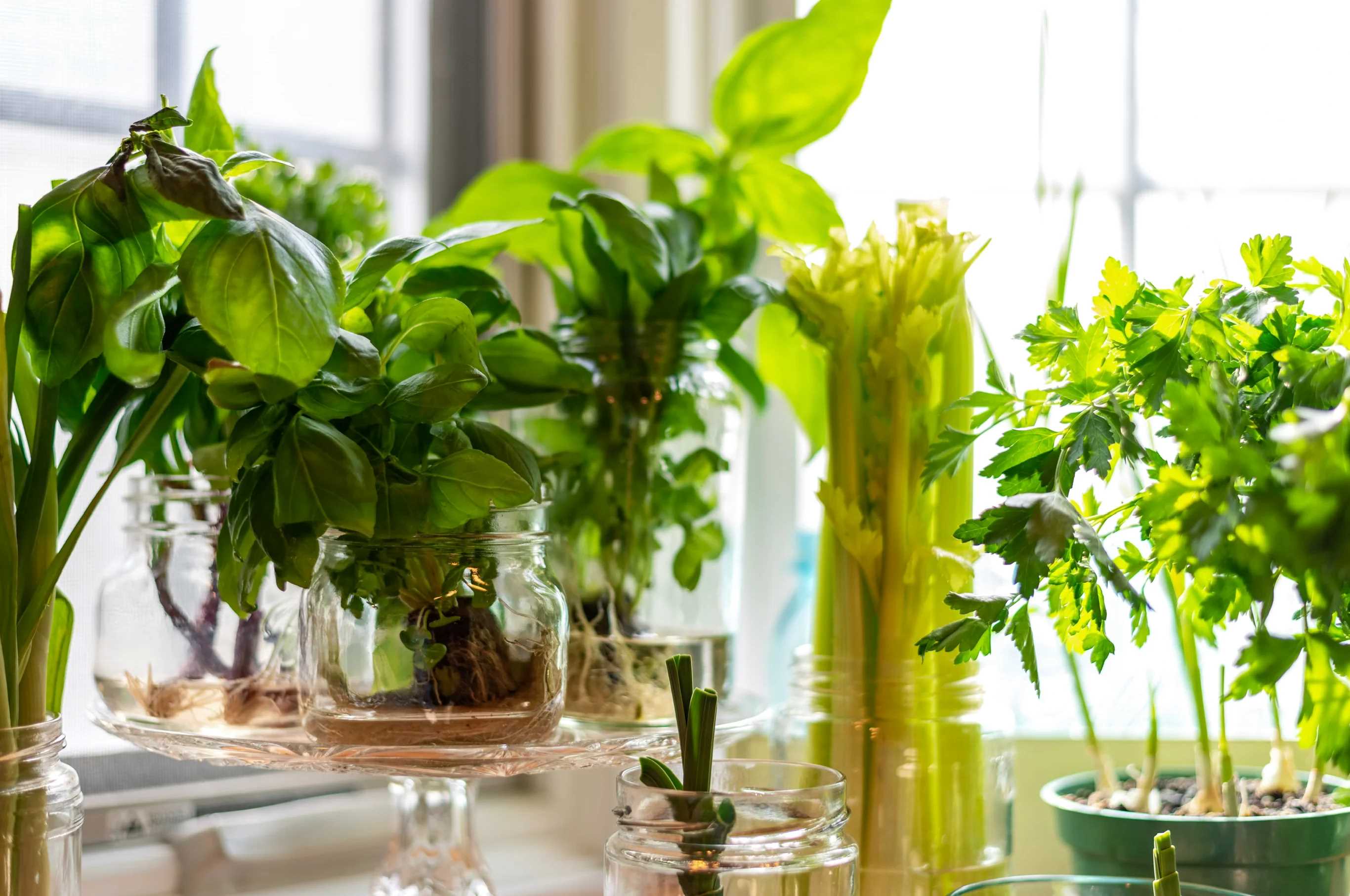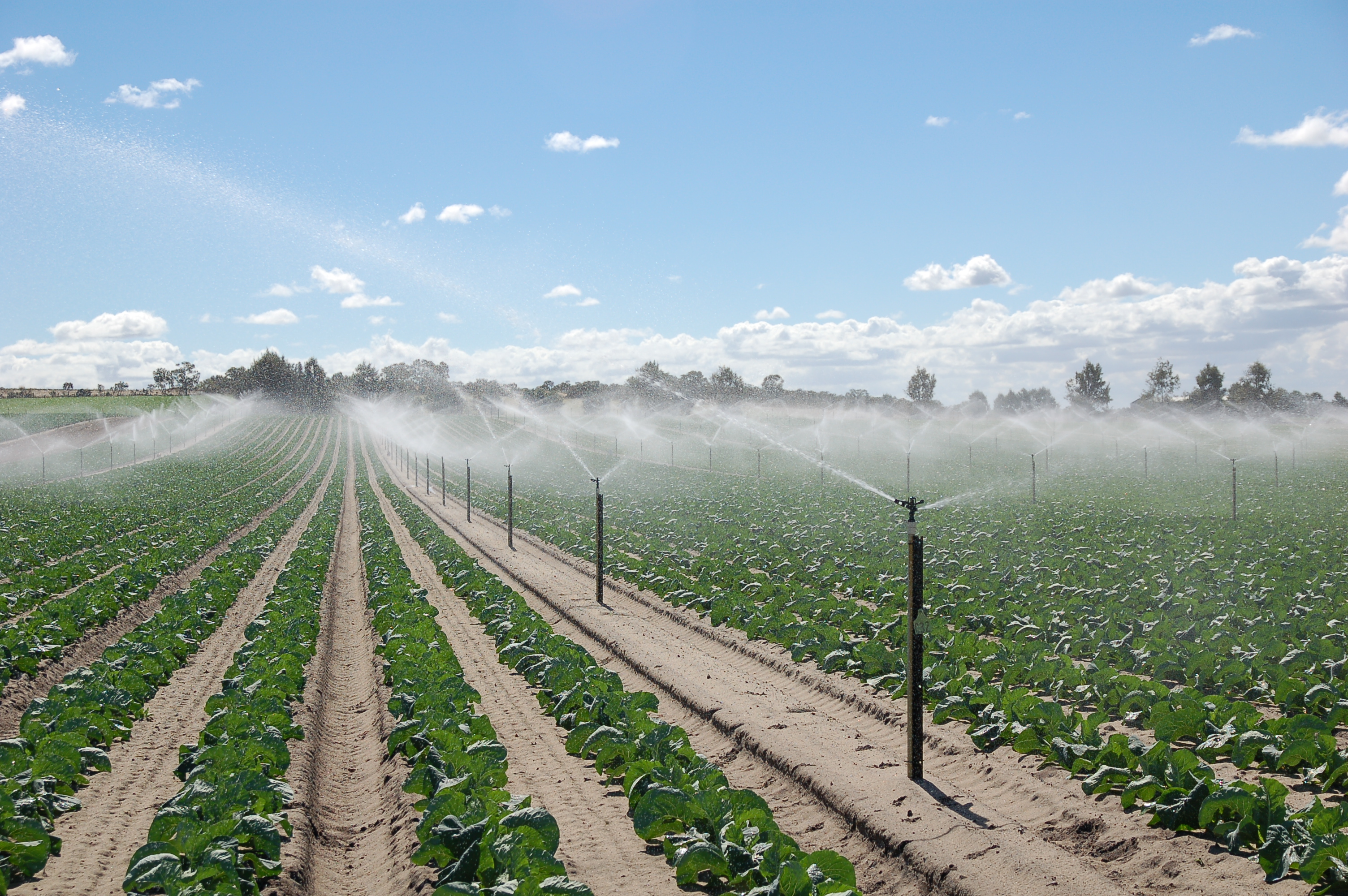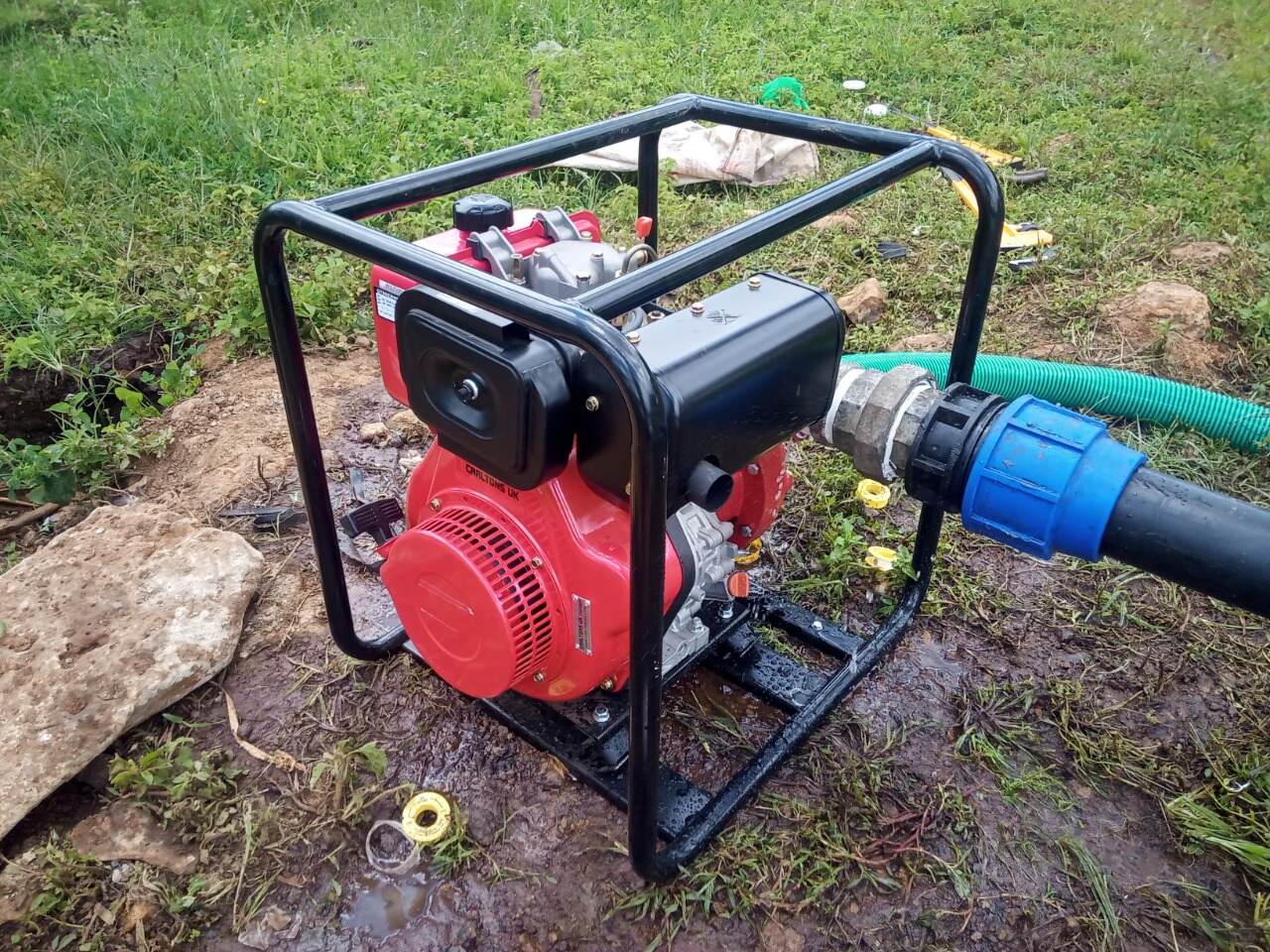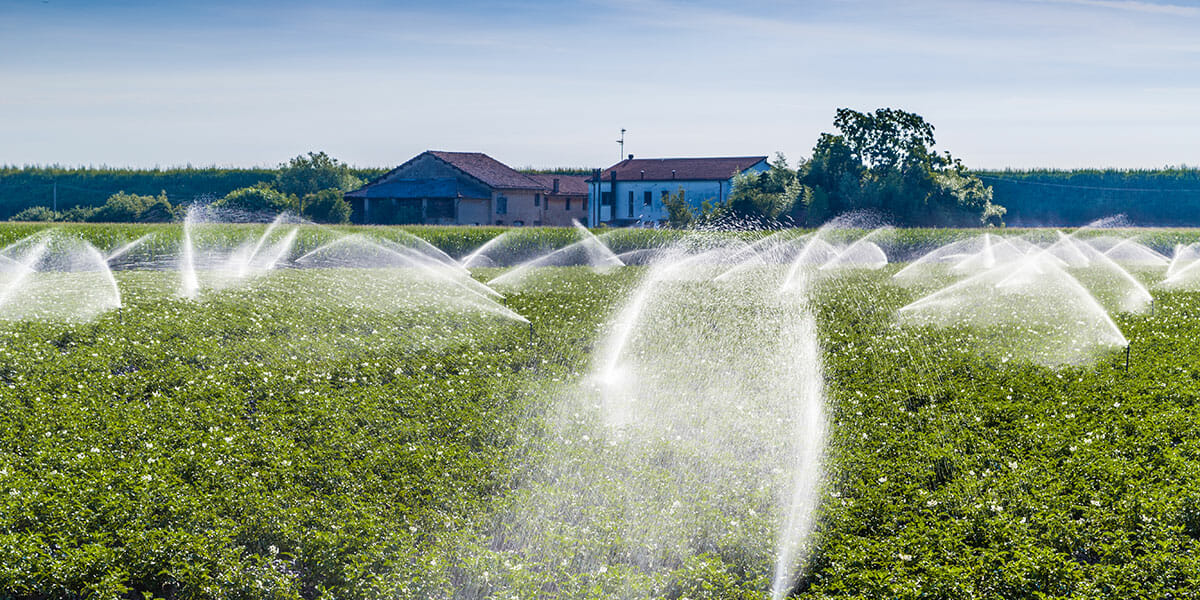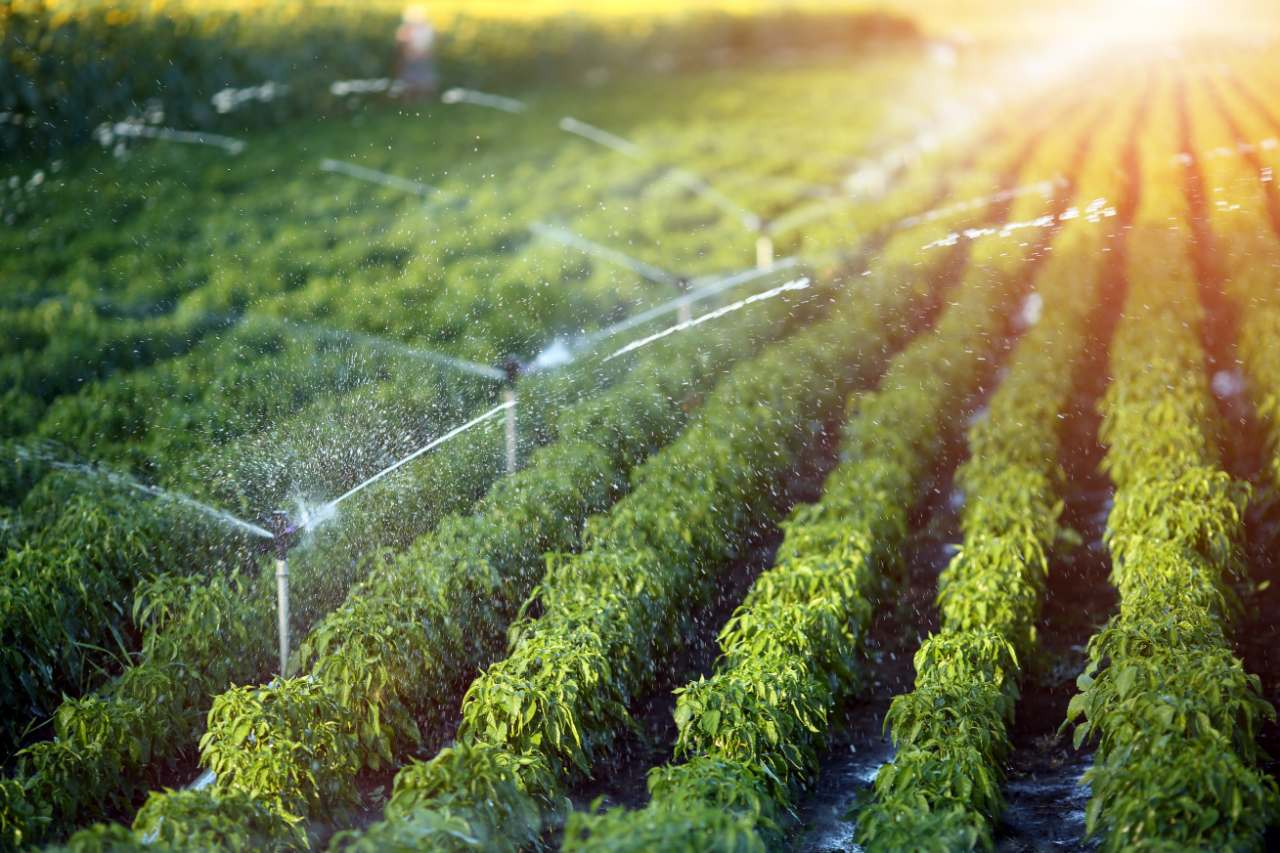Home>Gardening News and Trends>Latest News>Name Two Methods Of Irrigation Which Conserve Water


Latest News
Name Two Methods Of Irrigation Which Conserve Water
Published: November 16, 2023
Discover the latest news on two innovative methods of irrigation that effectively conserve water. Stay updated on the most sustainable practices in agriculture.
(Many of the links in this article redirect to a specific reviewed product. Your purchase of these products through affiliate links helps to generate commission for Chicagolandgardening.com, at no extra cost. Learn more)
Introduction
Water scarcity is a pressing global issue that calls for innovative and sustainable solutions. In the realm of agriculture, the efficient use of water is paramount, as it not only ensures food security but also conserves this precious resource. Irrigation is a vital component of modern agriculture, but traditional methods often result in significant water wastage.
In recent years, there has been a growing emphasis on implementing irrigation methods that conserve water. Two such methods gaining popularity are drip irrigation and sprinkler irrigation. These techniques revolutionize water distribution by delivering water directly to the plant roots and reducing evaporation losses. By using these methods, farmers can optimize water usage, increase crop yields, and contribute to environmental sustainability.
In this article, we will explore drip irrigation and sprinkler irrigation in detail, highlighting their benefits and how they help conserve water. By understanding these methods, we can appreciate their significance in sustainable agriculture and their potential to address water scarcity challenges.
Method 1: Drip Irrigation
Drip irrigation is a highly efficient method of water delivery that focuses on delivering water directly to the plant roots in a slow and steady manner. This technique involves the use of a network of tubes or pipes placed near the plants, with emitters or drip heads that release water droplets directly onto the soil. The water drips slowly, allowing it to penetrate the soil deeply and reach the plant’s root zone.
One of the significant advantages of drip irrigation is its ability to significantly reduce water wastage. Unlike traditional flooding or sprinkler methods, where water is sprayed over a large area, drip irrigation ensures that water is delivered precisely where it is needed – at the roots of the plants. This targeted approach not only minimizes water loss through evaporation but also reduces the risk of water runoff and soil erosion.
Drip irrigation also promotes better water and nutrient uptake by plants. By delivering water directly to the root zone, it enables plants to efficiently absorb moisture and essential nutrients. This can result in healthier plants, improved crop yields, and reduced fertilizer requirements.
Another advantage of drip irrigation is its flexibility. The system can be easily customized to suit various crop types, soil conditions, and topography. Farmers can regulate the water flow and schedule based on specific plant requirements, ensuring optimal moisture levels for growth. Additionally, drip irrigation can be used in both small-scale and large-scale farming operations, making it a versatile option for a wide range of agricultural settings.
Furthermore, drip irrigation is beneficial for soil conservation. By delivering water directly to the root zone, it minimizes the risk of soil crusting and compaction. This improves soil structure, enhances nutrient availability, and promotes the overall health of the soil ecosystem.
Overall, drip irrigation offers a host of benefits for both farmers and the environment. It conserves water, increases crop yields, promotes efficient nutrient uptake, and nurtures soil health. By implementing this method, farmers can contribute to sustainable agriculture practices while mitigating the impact of water scarcity.
Method 2: Sprinkler Irrigation
Sprinkler irrigation is another effective method of water conservation in agriculture. It involves the use of sprinklers, which are strategically placed throughout the field and distribute water in a manner similar to rainfall. The water is dispersed into the air in the form of droplets, which then fall onto the soil surface, simulating natural precipitation.
One of the key advantages of sprinkler irrigation is its ability to cover a large area efficiently. The sprinklers are designed to disperse water over a considerable distance, allowing for uniform irrigation across the field. This helps to ensure that all plants receive adequate moisture, leading to balanced growth and optimized yields.
Furthermore, sprinkler irrigation minimizes water wastage by reducing evaporation and runoff. The water is dispersed in controlled amounts directly onto the soil, preventing excessive evaporation losses. Additionally, the water droplets are distributed at a rate that allows the soil to absorb the moisture efficiently, minimizing runoff and soil erosion.
Sprinkler irrigation is a versatile method that can adapt to different crop types and farming conditions. With adjustable water pressure and nozzle settings, farmers can customize the irrigation system to meet the specific requirements of their crops. This flexibility makes sprinkler irrigation suitable for various agricultural practices, ranging from row crops to orchards and vineyards.
An additional benefit of sprinkler irrigation is its potential to facilitate other agricultural practices. For example, sprinklers can be used to apply fertilizers or pesticides, effectively delivering these inputs directly to the plant canopy. This targeted application reduces wastage and enhances the efficacy of these treatments.
However, it’s important to note that sprinkler irrigation may not be suitable for all soil types. Sandy soils, for instance, have low water-holding capacity, which may result in more water lost to deep percolation. In such cases, proper soil moisture monitoring and management are crucial to prevent over-irrigation or under-irrigation.
Overall, sprinkler irrigation is an effective method for conserving water in agriculture. By mimicking natural precipitation patterns, it optimizes water usage, reduces wastage, and enhances crop growth. When implemented correctly and combined with proper irrigation management, sprinkler irrigation can contribute to sustainable farming practices and help address water scarcity challenges.
Conclusion
Water conservation in agriculture is crucial for sustainable farming practices and combating water scarcity. Drip irrigation and sprinkler irrigation are two methods that play a significant role in optimizing water usage while maximizing crop yields. These techniques offer several advantages and contribute to environmental sustainability.
Drip irrigation stands out as a precise and efficient method of water delivery. By delivering water directly to the plant roots, it minimizes water wastage, promotes better nutrient uptake, and contributes to soil conservation. Drip irrigation is versatile and can be adapted to various crop types and farming conditions, making it an excellent choice for water-conscious farmers.
On the other hand, sprinkler irrigation provides uniform water distribution over a large area and reduces water loss through evaporation. It offers flexibility in adjusting water pressure and is compatible with different crop types. Sprinkler irrigation also provides additional benefits such as the ability to apply fertilizers and pesticides precisely.
Both drip irrigation and sprinkler irrigation demonstrate their efficacy in conserving water and promoting sustainable agriculture. They help farmers optimize water usage, achieve higher crop yields, and protect the environment by reducing water wastage and soil erosion.
It is important to note that the choice between these irrigation methods depends on various factors such as crop type, soil conditions, and available resources. Farmers should assess their specific needs and consult with experts to determine the most suitable irrigation technique for their farming operations.
In conclusion, adopting water-conserving irrigation methods like drip irrigation and sprinkler irrigation not only ensures food security but also contributes to the preservation of our valuable water resources. With the growing global concern over water scarcity, these methods play a vital role in sustainable agricultural practices and pave the way for a more water-efficient future.
